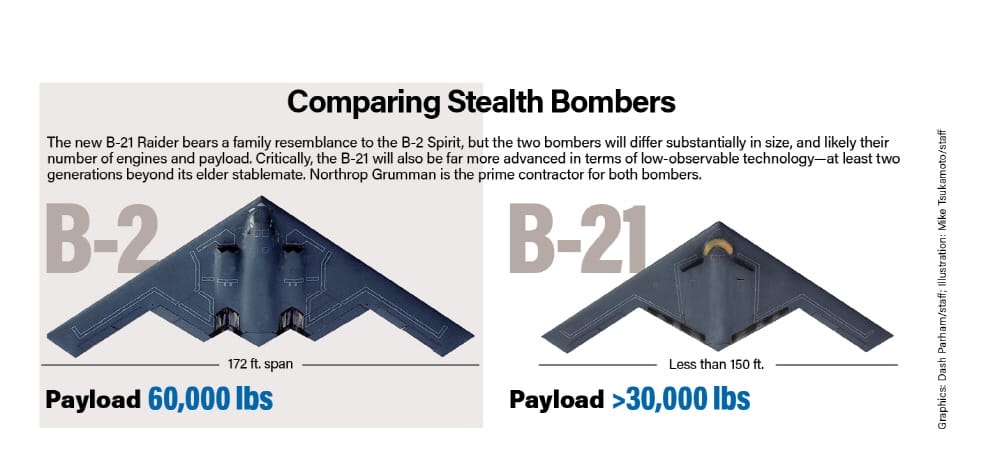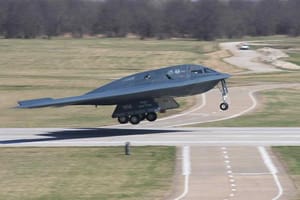The United States (US) military shows off the latest photos of the B-21, a strategic bomber that is still being developed by its Air Force. The latest images circulating show that the B-21 Raider is at the Air and Space Force 2023 warfare symposium in Colorado.
The B-21 was developed to become a bomber capable of adapting to various future threats. Sophisticated, the B-21 Raider has nuclear and conventional capabilities. The B-21 Raider is even referred to as the backbone of the future bomber fleet.
The B-21 Raider is included in the Long Range Strike Bomber or LSR-B program. The US Air Force is trying to get the B-21 Raider into service by 2025. The existence of this fleet also complements the Rockwell B-1 Lancer, Boeing B-52, and Northrop Grumman B-2 Spirit. Meanwhile, a request for the development of the B-21 Raider appeared in July 2014. A year later, the development contract was awarded to Northrop Grumman.
As a complement to the B-2, what is the comparison between the B-21 Raider and the bomber fleet? The first thing to notice is the production time. The B-2 was used by the US Air Force in 1993. Like the B-21, the B-2, also called Spirit, is managed by the Northrop Grumman Corporation. This fleet is 21 meters long and slightly larger than the average fighter.
The B-2 at that time was deliberately intended to penetrate the Soviet Union’s air defenses. Launching the Britannica page, the B-2 is the most expensive aircraft in the world with a price exceeding USD 1 billion per unit. Initially, the US planned to produce 132 units. However, the plan was not successful. After the Cold War, Uncle Sam’s country could only produce 21 units of B-2.
The striking comparison between the B-21 and B-2 is their size. From the information the team gathered, the B-21 Raider is much smaller than the B-2. The B-21's wing size is 15% smaller than that of the B-2. Due to its smaller size, the B-21 has the potential to fly undetected through contested airspace. The payload carried by the B-21 is 50% less than that of the B-2, so it is expected to be more efficient in infiltrating.








